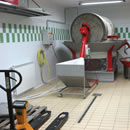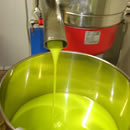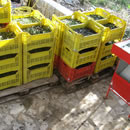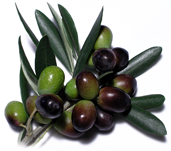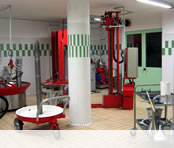Also for the pressing, there are a lot of applicable systems, the main ones are the traditional and the continuous
The company Fontanavia has its mill to minimize the time between harvesting and pressing and chose the traditional method with millstones.
To understand the procedure, here the key stage:
After having carefully washed and defoliated olives, using a special aspirator and a washing machine, the next step is the milling, performed on a large flat stone raised where two granite wheels turning chess olives, thus obtaining a uniform dough formed by pulp and kernel of the fruits.
When this step is passed there is special kneader.
This mixing is a very delicate procedure, because the dough must be re-worked, remixed with temperature controller.
So the emulsions of water and oil, that are formed during the crushing, break. This procedure promotes the extraction; the third and final step is the
extraction.
This is the most important moment of the process: the pulp is spread on special straining, holes in the center that can be stacked and placed on top of a column laid on a trolley equipped with grooves.
Formed the column, the trolley is pushed in the press. So the content is pressed slowly and gently.
By pressing of the olive paste forms a solid part called "sansa" and a part that is composed of water and oil (Later put in a special centrifuge to separate water and oil)
